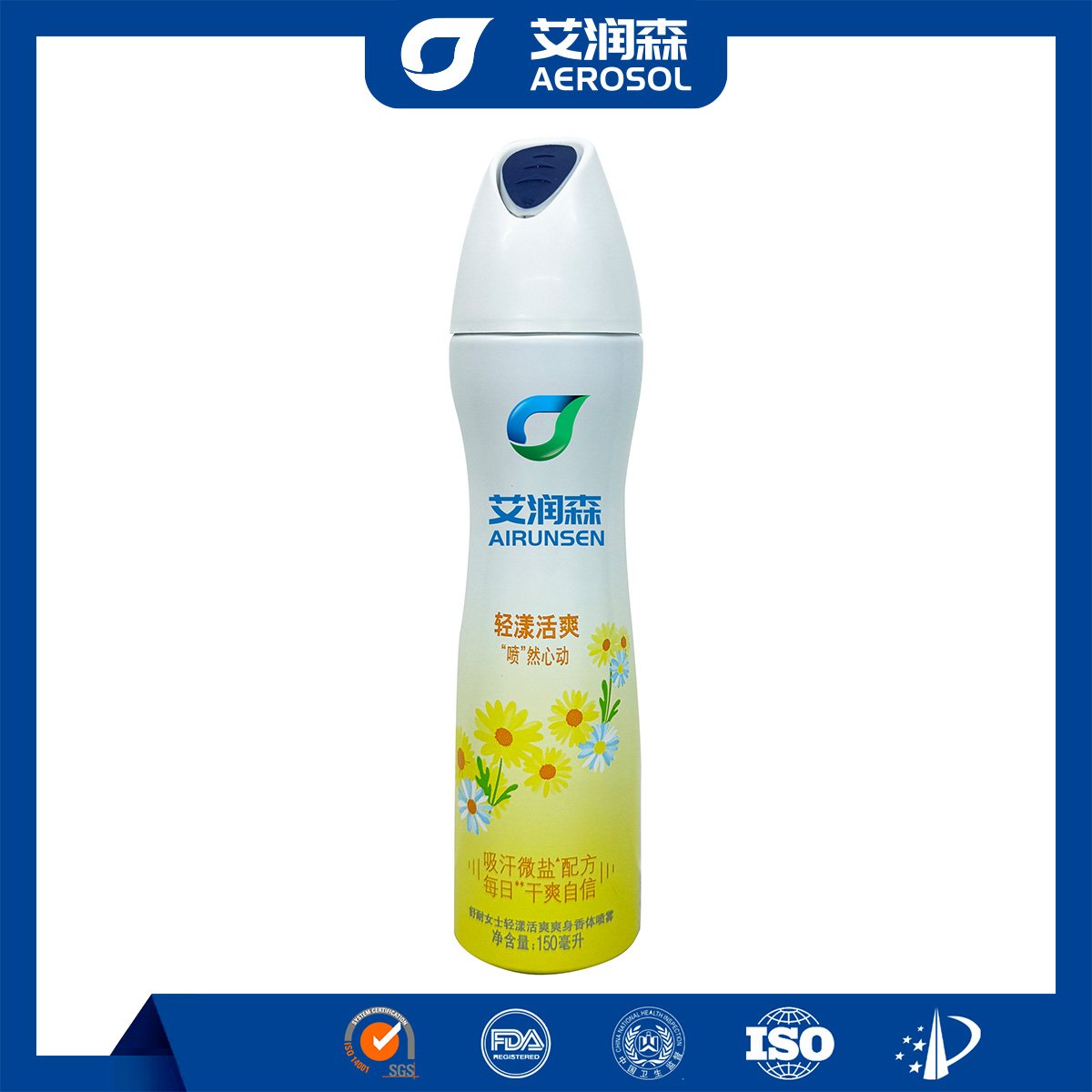Composition
Low – temperature starting agents typically consist of a combination of several key components. One of the main ingredients is a highly volatile hydrocarbon solvent. These solvents, such as ether – based compounds like diethyl ether, have a low boiling point. This allows them to vaporize quickly even at low temperatures, providing an additional source of combustible vapor to the engine’s intake air. Some formulations also contain fuel additives like octane boosters to improve the combustion quality of the fuel – air mixture. Additionally, there may be small amounts of lubricating agents to reduce friction during cold starts, as engine parts may not be as well – lubricated when cold.
Efficacy
- Enhanced Combustion in Cold Conditions
- The volatile solvents in the low – temperature starting agent vaporize readily and mix with the fuel – air mixture. This enriches the mixture, making it more combustible. When the engine is cold, the normal fuel may not vaporize and mix properly due to the low temperature. The starting agent compensates for this by providing an extra boost of vapor, ensuring that there is sufficient combustible material for the spark plugs to ignite. This helps the engine to start more smoothly and quickly even in extremely cold weather.
- Reduction of Cold – Start Friction
- The lubricating agents present in the starting agent reduce friction between moving engine parts during cold starts. Cold engine components have higher friction because the oil may not have reached all the necessary parts or may be too thick to provide effective lubrication. The starting agent’s lubricating components coat the parts briefly, minimizing wear and tear that could occur during the initial cranking and running of the engine.
- Improved Cold – Start Performance
- By improving combustion and reducing friction, the low – temperature starting agent significantly enhances the overall cold – start performance of the engine. It helps to reduce the number of attempts required to start the engine, and also decreases the likelihood of the engine stalling immediately after starting. This is especially beneficial for vehicles that are parked outdoors in cold climates for extended periods.
Advantages
- Reliability in Cold Climates
- Vehicles equipped with low – temperature starting agents are more reliable in cold weather. It ensures that the engine can start promptly, which is crucial for emergency vehicles, delivery trucks, and other vehicles that need to be operational even in frigid conditions. This reliability can also reduce the inconvenience and potential safety risks associated with a vehicle that won’t start in the cold.
- Extended Battery and Starter Life
- Fewer attempts to start the engine due to the effectiveness of the starting agent mean less strain on the battery and the starter motor. Cold – starting an engine can put a heavy load on these components, and repeated attempts can shorten their lifespan. By facilitating a quicker start, the starting agent helps to protect these important parts, potentially saving on replacement costs.
- Versatility
- Low – temperature starting agents can be used in a wide range of internal combustion engines, including those in cars, trucks, motorcycles, and small engines like generators and snowmobiles. Their effectiveness across different engine types makes them a useful tool for a variety of vehicles and machinery that operate in cold environments.



















